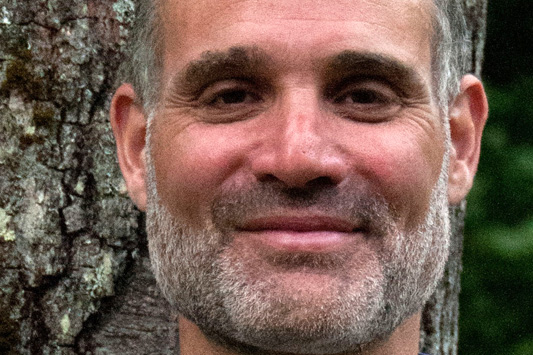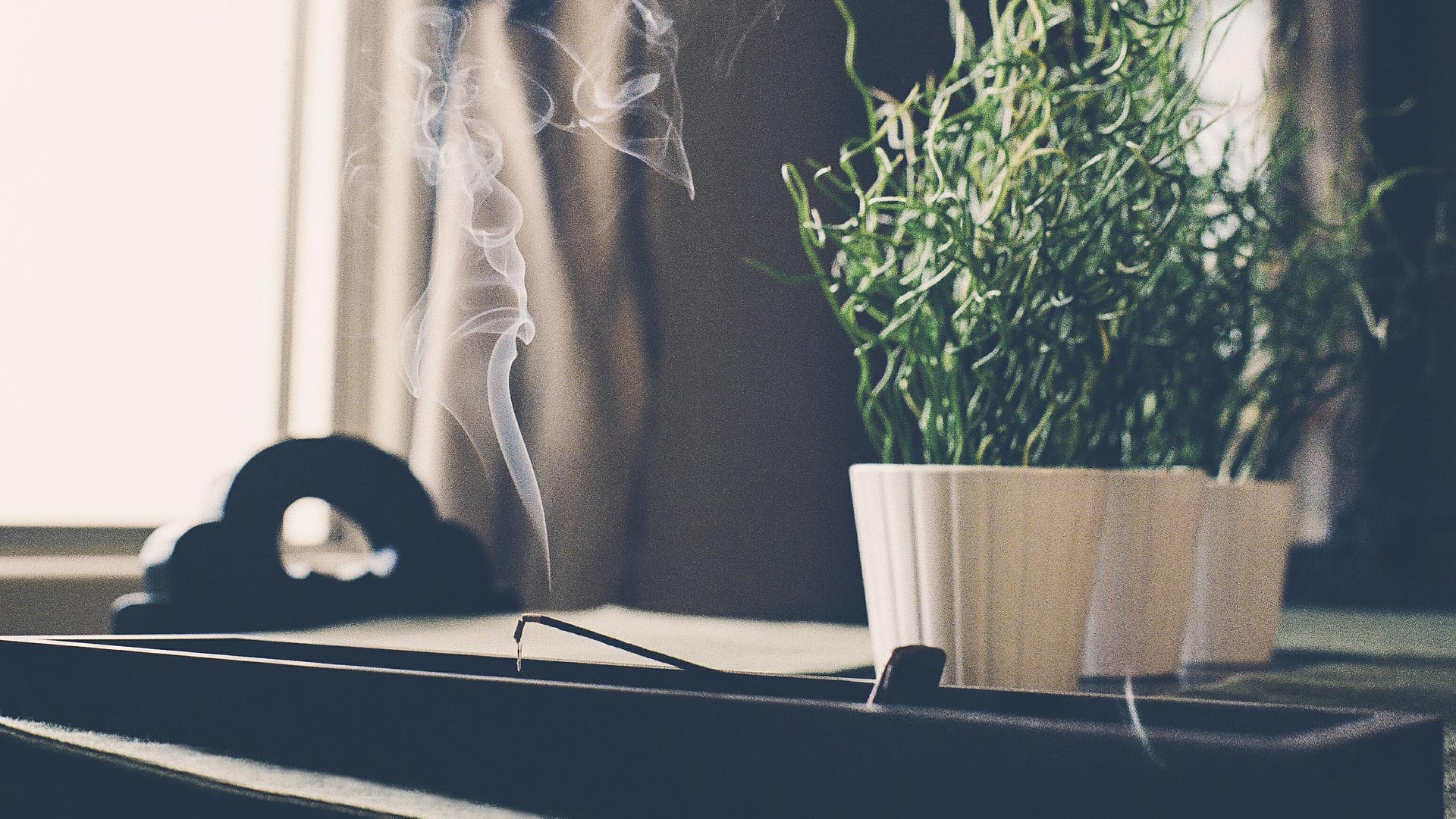
How to Find Creative Possibilities in the Present
By Arnie Kozak
Some years ago, I was overwhelmed. I had just gotten divorced, and I was working what amounted to two careers—running my clinical psychotherapy practice and teaching a full course load in the psychology department at the University of Vermont.
One day, as I was distractedly organizing my lecture notes, I noticed I had several slides in different lectures entitled “metaphors for mindfulness.” A light bulb went off, and a little voice spoke up, “Wouldn’t it be interesting to write a book that was a compilation of these metaphors?” In that moment, my first book was born. Inspired by this “aha” moment, I sat at my kitchen counter and, over the next few days, wrote most of what would become 108 Metaphors for Mindfulness: From Wild Chickens to Petty Tyrants. Had I stayed in that efficient yet mindless space of transferring information, I would have missed that creative opportunity.
There are literally thousands of possibilities in each day to practice creative mindfulness. To take advantage of them, we need to restrain our habitual—even compulsive—tendency to put labels on things and only quickly glance at them in order to categorize them before moving on to the next shiny thing. In a sense, we can endeavor to regard the moment as if we have never witnessed it before. You can practice this attitude in the following exercise based on Jon Kabat-Zinn’s raisin meditation:
Regard a raisin or other familiar food object as if you’ve never seen it before. In the case of the raisin, you have never seen it before unless you worked at the raisin processing plant! Nevertheless, the raisin is familiar, even banal, not worthy of much attention as we pop bunches of them into our mouths and consume mindlessly. You can stand that automaticity on its head by appreciating this object (that would otherwise be labeled “raisin”) with your eyes. Really try to see it—its color, shape, and size. How the light reflects and any other features you can notice. Regard it with your fingers. Appreciate its texture. Each time the mind wants to coopt your perception into something familiar, reset your attention on what you see; what you touch. Regard it with your nose. Appreciate its aroma. Then proceed to taste. Take this slow so you can fully appreciate what this raisin has to offer. Let it rest on your tongue and explore its tactility again. Take one bite and pause and breathe before you finish the rest of it.
As you’ll discover with this raisin meditation, paying exquisite attention to the present moment takes some time and isn’t practical for every experience of life. Not many of us have the luxury that Cézanne had: he would take hours to make a single brush stroke on one of his masterpieces because each application of paint needed to capture the air and light and everything else about the moment.
Diane Ackerman reminds us in her luxurious tome, A Natural History of the Senses, that “expressing what exists is an endless task.” While we can never accomplish this “endless task,” we can develop the capacity for creative mindfulness—a skill that can add brightness, vitality, and originality to even the most routine parts of life.
Henry Moore said:
“If I set out to sculpt a standing man and it becomes a lying woman, I know I am making art.”
The automatic guides us with rules, expectations, and assumptions. Relinquishing automaticity can make us fresh, alive, and spontaneous in the present moment. Deliberate effort is necessary to overcome going on automatic pilot for most of the things we do in our lives. The creative process requires such deliberation.
Mindfulness researcher Ellen Langer devised a nifty experiment, where she challenged symphony musicians to overcome the mindless tendency to play a familiar piece of music in routine fashion. Musicians were either asked to remember their best performance ever and try to replicate it (the control) or play it with a subtle nuance, only something they would notice. To do so, the musicians would need to focus on the present and engage mindfully with the music to find the places where these subtleties could be expressed. The result was not chaos as might be expected. Instead, in a blind test, audiences and the musicians themselves preferred the “mindful” symphonic movement to the one played without the creative embellishment.
When we set aside what we think we know about a situation and open ourselves to the actual present moment, new possibilities present themselves—the lying women that could otherwise have been a standing man.









